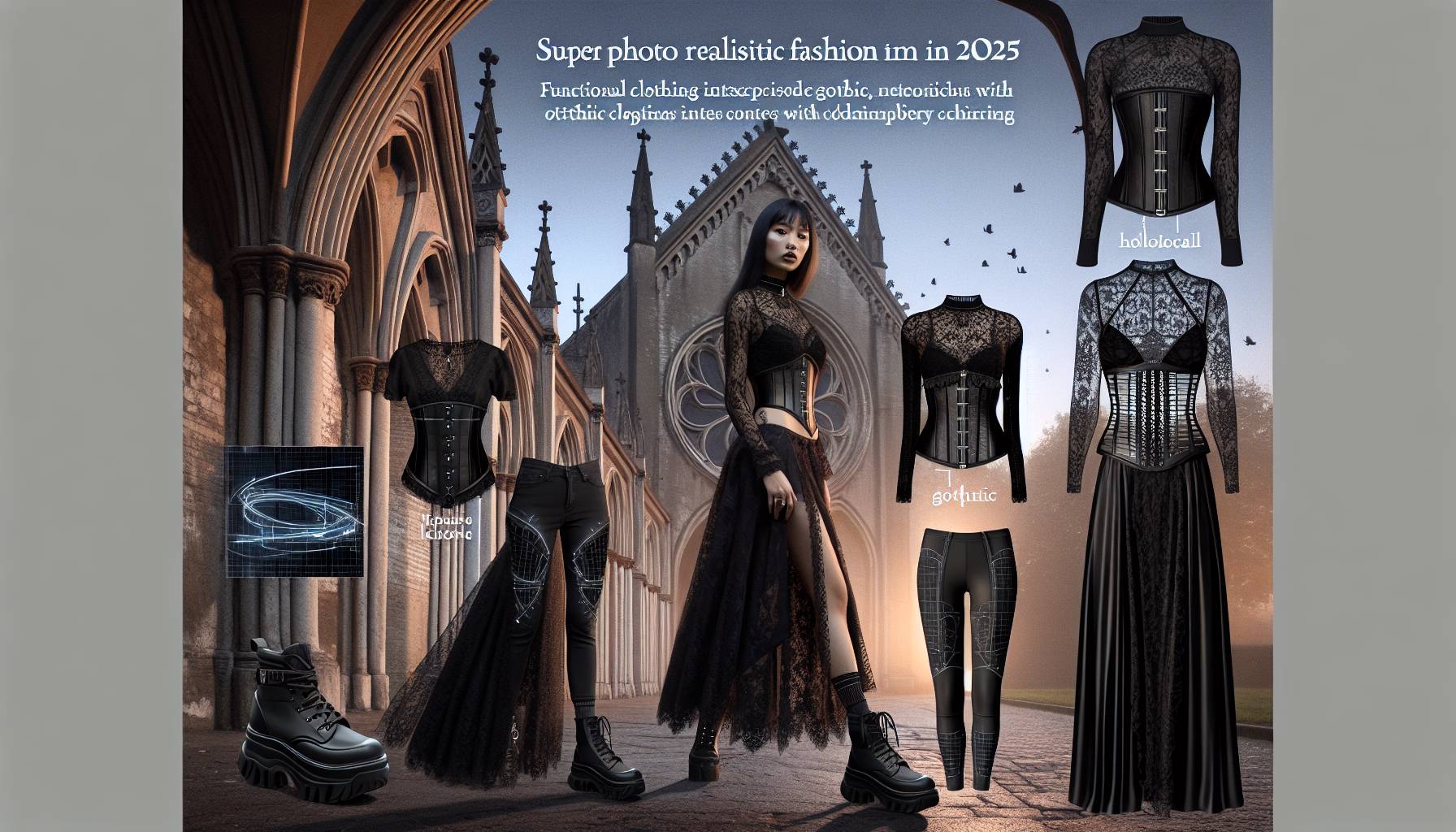j.crew’s Sicilian adventure: a marketing triumph
J.Crew’s recent influencer trip to Sicily has been hailed as a marketing triumph, capturing the essence of the La Dolce Vita trend and translating it into a compelling brand narrative. The picturesque landscapes of Sicily provided a stunning backdrop for the campaign, allowing J.Crew to showcase its latest collection in a setting that epitomizes the leisurely and luxurious lifestyle associated with the Italian phrase “the sweet life.”
The trip was meticulously curated to highlight the brand’s commitment to quality and style, with influencers sharing their experiences through social media platforms, creating a buzz that extended far beyond the fashion community. This strategic move not only enhanced J.Crew’s brand visibility but also reinforced its image as a purveyor of timeless elegance and sophistication.
By leveraging the allure of Sicily, J.Crew successfully tapped into the aspirational aspects of travel and fashion, resonating with consumers who are increasingly drawn to experiences that offer both aesthetic pleasure and cultural enrichment. The campaign’s success underscores the power of immersive marketing strategies in today’s digital age, where storytelling and authenticity are key drivers of consumer engagement.
In essence, J.Crew’s Sicilian adventure exemplifies how a well-executed marketing campaign can elevate a brand’s profile, foster consumer loyalty, and ultimately drive business success. The integration of cultural elements with fashion not only enhances the brand’s narrative but also positions it as a leader in the ongoing La Dolce Vita trend.
tibi’s homage to Italian heritage
Tibi’s latest collection draws inspiration from the rich tapestry of Italian heritage, seamlessly blending traditional elements with contemporary fashion. The brand’s creative director, Amy Smilovic, has masterfully infused the collection with nods to Italy’s iconic style, paying homage to the country’s sartorial legacy while introducing a modern twist.
Central to Tibi’s homage is the incorporation of classic Italian motifs and craftsmanship. The collection features luxurious fabrics such as silk and linen, reminiscent of the materials favored by Italian artisans. These textiles are complemented by intricate embroidery and bold prints that echo the vibrant colors and patterns found in Italian art and architecture.
Silhouettes in the collection are both timeless and innovative, with tailored pieces that reflect the elegance of Italian fashion houses. The use of structured blazers, flowing skirts, and tailored trousers speaks to a refined aesthetic that is both sophisticated and accessible. Tibi’s designs capture the essence of Italian style, characterized by an effortless blend of formality and ease.
Moreover, Tibi’s collection celebrates the concept of “la nonna” or grandmother, a figure deeply rooted in Italian culture. This influence is evident in the cozy knitwear and vintage-inspired accessories that evoke a sense of nostalgia and warmth. By channeling the spirit of familial bonds and tradition, Tibi creates a collection that resonates with consumers seeking authenticity and connection in their fashion choices.
Through this homage to Italian heritage, Tibi not only honors the past but also reimagines it for the present, offering a fresh perspective on the La Dolce Vita trend. The collection’s success lies in its ability to capture the imagination of fashion enthusiasts who appreciate the fusion of history and modernity, making it a standout in the current fashion landscape.
the business impact of La Dolce Vita fashion
The La Dolce Vita trend has had a significant impact on the fashion industry, driving both creative innovation and economic growth. Brands that have embraced this trend are seeing tangible business benefits, as consumers are increasingly drawn to the romantic and aspirational qualities associated with the Italian lifestyle. This trend has not only influenced design aesthetics but has also reshaped marketing strategies, with brands leveraging the allure of Italian culture to enhance their global appeal.
One of the key business impacts of the La Dolce Vita trend is the increased consumer demand for products that embody the essence of Italian elegance and leisure. This has led to a surge in sales for collections that feature elements such as luxurious fabrics, intricate detailing, and timeless silhouettes. Brands that successfully capture this aesthetic are able to command premium pricing, as consumers are willing to invest in pieces that offer both style and a sense of escapism.
Moreover, the trend has encouraged brands to explore new markets and expand their reach. By tapping into the universal appeal of Italian culture, fashion houses are able to connect with a diverse audience that spans different demographics and geographies. This global resonance has opened up new revenue streams and opportunities for growth, as brands capitalize on the widespread fascination with the Italian way of life.
The La Dolce Vita trend has also fostered collaborations and partnerships within the industry, as brands seek to enhance their offerings and strengthen their market position. By aligning with Italian artisans, designers, and cultural institutions, fashion brands are able to infuse their collections with authenticity and depth, further enhancing their appeal to discerning consumers.
In addition, the trend has prompted a shift towards more sustainable and ethical practices, as consumers become more conscious of the origins and impact of their fashion choices. Brands that prioritize quality craftsmanship and responsible sourcing are well-positioned to thrive in this environment, as they align with the values of the modern consumer.
The business impact of the La Dolce Vita trend is multifaceted, driving innovation, growth, and sustainability within the fashion industry. As brands continue to explore and interpret this trend, they are not only enhancing their competitive edge but also contributing to a broader cultural appreciation of Italian heritage and lifestyle.
influencer marketing in the fashion industry
In the ever-evolving landscape of fashion, influencer marketing has emerged as a pivotal strategy for brands seeking to captivate audiences and drive sales. The allure of influencers lies in their ability to connect with consumers on a personal level, offering a sense of authenticity that traditional advertising often lacks. This is particularly evident in the fashion industry, where visual appeal and personal style reign supreme.
Brands like J.Crew have harnessed the power of influencer marketing by orchestrating lavish trips to picturesque locations, such as Sicily, to create visually stunning content that resonates with their audience. These trips are not just about showcasing the latest collections; they are meticulously crafted experiences that blend fashion with lifestyle, tapping into the aspirational desires of consumers.
Influencers, with their curated feeds and engaged followings, serve as modern-day style icons, guiding their audiences through the ever-changing tides of fashion. Their endorsements can significantly boost a brand’s visibility and credibility, especially when they align with the influencer’s personal brand and aesthetic. This symbiotic relationship benefits both parties, as influencers gain access to exclusive experiences and products, while brands enjoy increased exposure and consumer trust.
In Australia, where fashion is both a personal expression and a cultural statement, influencer marketing has become an essential tool for brands looking to penetrate the market. The Australian fashion scene, known for its laid-back yet sophisticated style, finds a natural synergy with influencers who embody these qualities. As a result, brands that effectively leverage influencer partnerships can tap into a loyal and fashion-forward audience eager to embrace the latest trends.
Ultimately, the success of influencer marketing in the fashion industry hinges on authenticity and relevance. Brands must carefully select influencers whose values and aesthetics align with their own, ensuring that their collaborations resonate with the target audience. As the fashion industry continues to evolve, influencer marketing will undoubtedly remain a cornerstone of brand strategy, offering a dynamic and engaging way to connect with consumers.
the impact of cultural trends on brand success
The fashion industry is no stranger to the ebb and flow of cultural trends, which can significantly influence a brand’s trajectory. The current fascination with the ‘La Dolce Vita’ lifestyle exemplifies how cultural phenomena can drive business success. This trend, rooted in the romanticism of Italian culture, encapsulates a sense of leisure, elegance, and indulgence that resonates deeply with consumers worldwide.
Brands like Tibi have adeptly tapped into this cultural zeitgeist by drawing inspiration from the quintessential Italian nonna, or grandmother. This approach not only evokes nostalgia but also celebrates timeless style and craftsmanship, elements that are increasingly valued in today’s fast-paced fashion world. By incorporating these cultural references into their collections, brands create a narrative that is both relatable and aspirational, appealing to consumers’ desire for authenticity and heritage.
In Australia, where the fashion landscape is as diverse as its people, the ‘La Dolce Vita’ trend finds a receptive audience. Australian consumers, known for their appreciation of quality and understated elegance, are drawn to the effortless sophistication that this trend embodies. The emphasis on relaxed yet refined aesthetics aligns perfectly with the Australian lifestyle, making it a natural fit for the market.
Moreover, the success of cultural trends like ‘La Dolce Vita’ is amplified by their ability to transcend fashion and permeate other aspects of lifestyle, from food and travel to home decor. This holistic approach allows brands to engage with consumers on multiple levels, creating a cohesive brand experience that extends beyond clothing. By embracing cultural trends, fashion brands can not only enhance their appeal but also foster a deeper connection with their audience, ultimately driving brand loyalty and growth.

